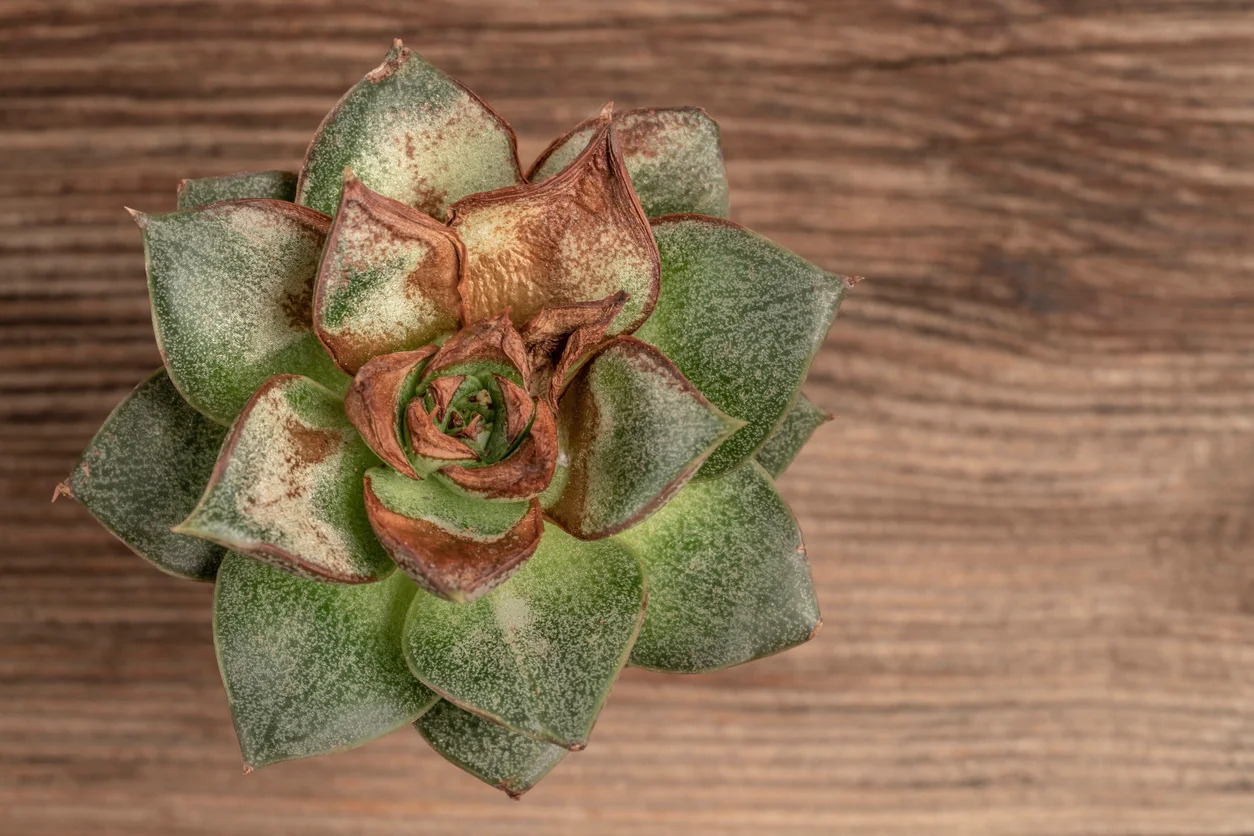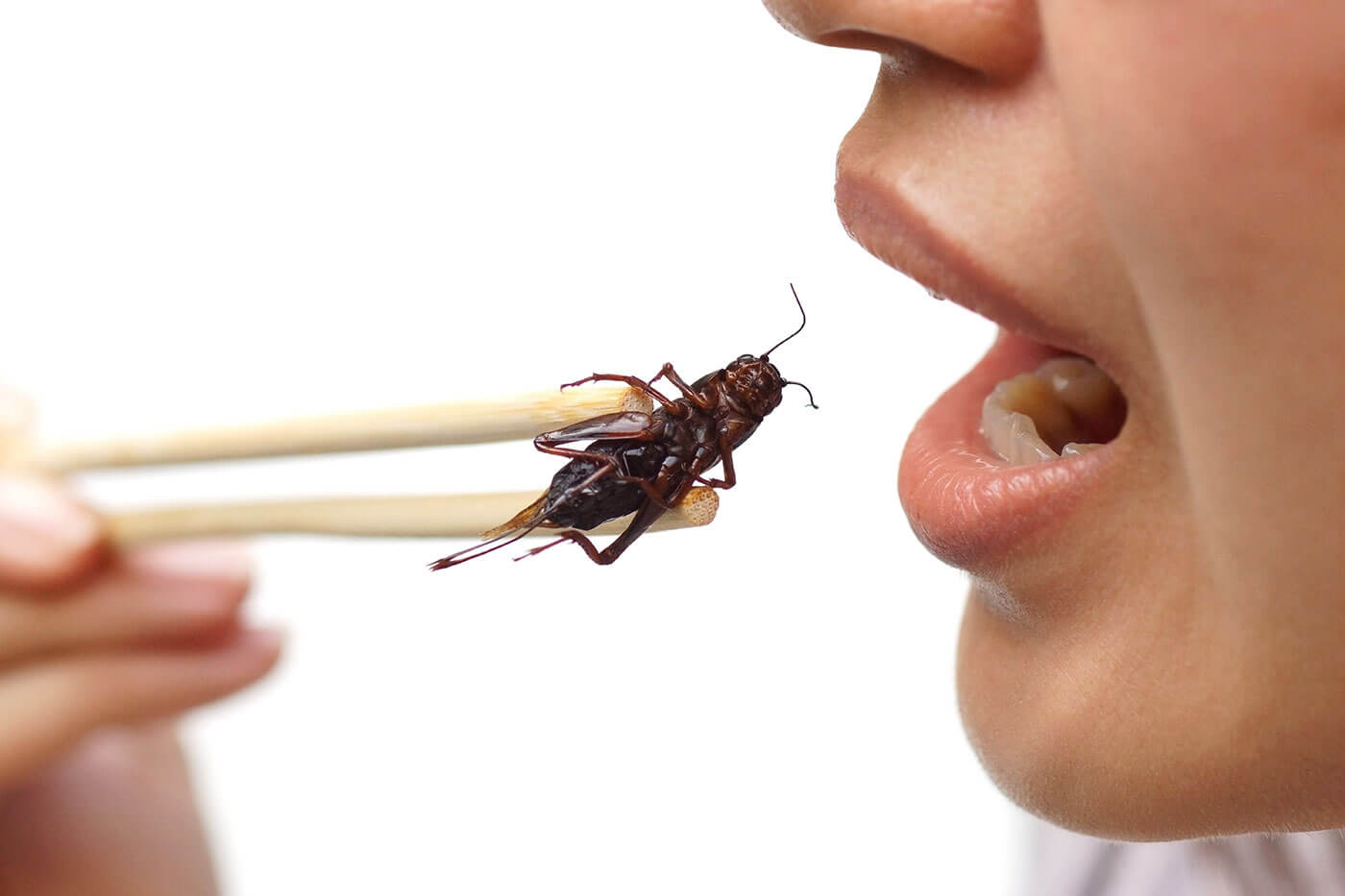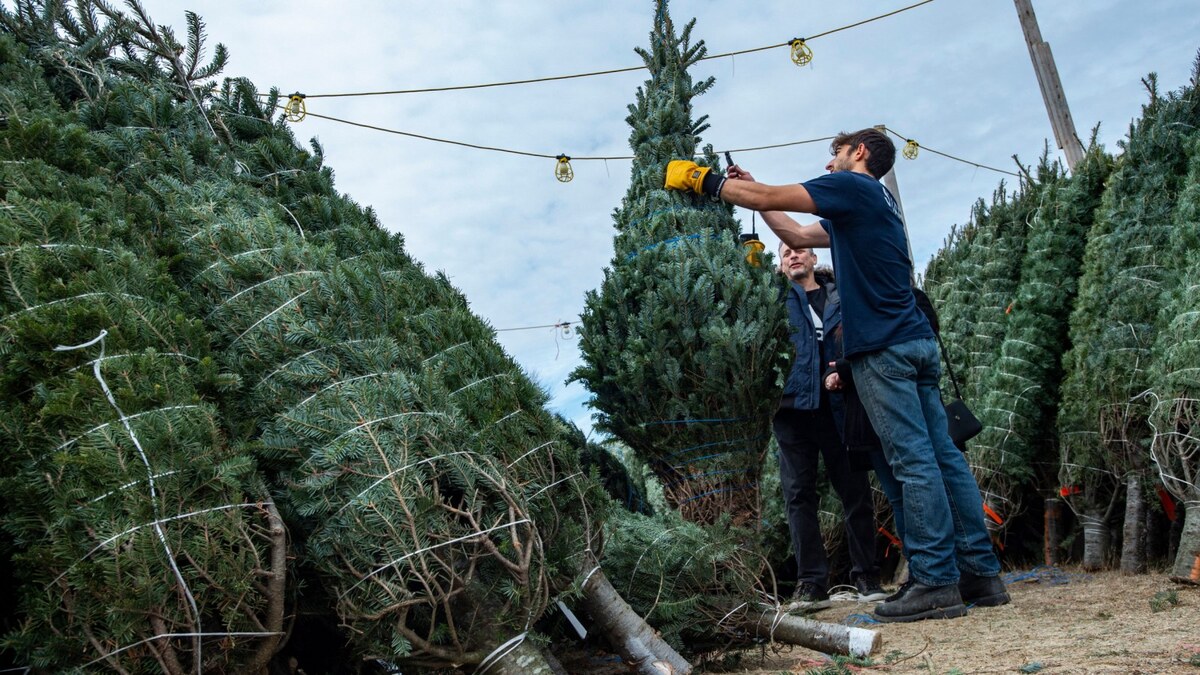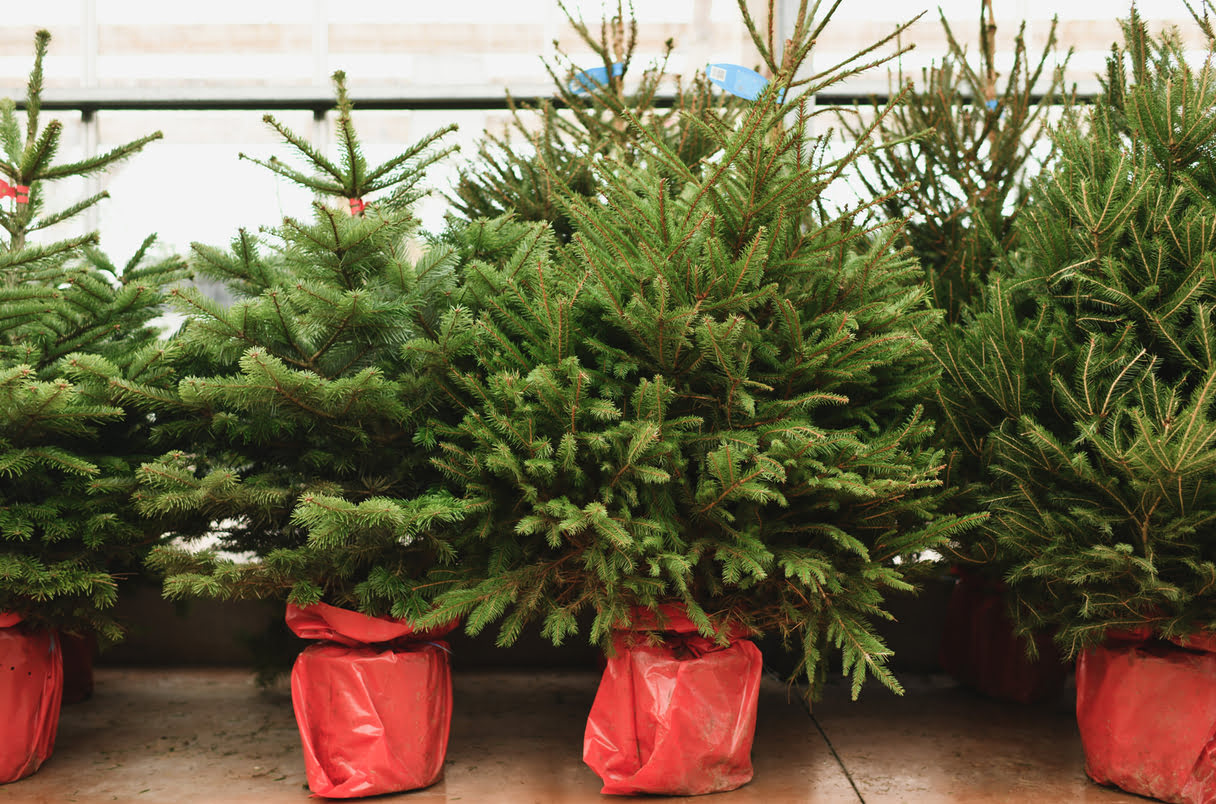Home>Gardening News and Trends>Latest News>Why Do We Have Christmas Trees


Latest News
Why Do We Have Christmas Trees
Modified: January 22, 2024
Discover the latest news and traditions behind why we have Christmas trees, their historical significance, and how they became a beloved symbol of the holiday season.
(Many of the links in this article redirect to a specific reviewed product. Your purchase of these products through affiliate links helps to generate commission for Chicagolandgardening.com, at no extra cost. Learn more)
Table of Contents
Introduction
Christmas is a magical time of year filled with joy, love, and tradition. One iconic symbol that is synonymous with the holiday season is the Christmas tree. From its fragrant evergreen branches to its shimmering ornaments and twinkling lights, the Christmas tree holds a special place in the hearts of millions of people around the world. But have you ever wondered why we have Christmas trees? What is the history behind this beloved tradition?
The origins of the Christmas tree can be traced back to ancient times when people celebrated the winter solstice, believing that by bringing evergreen foliage into their homes, they could bring about the return of life and good fortune. As Christianity spread across Europe, this pagan tradition was incorporated into the celebration of Christmas, symbolizing the everlasting life brought by Jesus Christ.
The symbolism of the Christmas tree goes beyond its religious significance. It represents hope, renewal, and the spirit of giving. The triangular shape of the tree is often seen as a symbol of the Holy Trinity, with the Father, Son, and Holy Spirit represented by the tree’s trunk, branches, and leaves.
Historical Background
The history of the Christmas tree dates back centuries, with roots in various cultures and traditions. One of the earliest accounts of using evergreen trees as decorations can be traced back to ancient Egypt and Rome. These civilizations adorned their homes with greenery during winter festivals, believing that it would bring them good luck and ward off evil spirits.
In medieval Europe, the tradition of the Christmas tree as we know it today began to take shape. In the 16th century, devout Christians in Germany brought small pine trees inside their homes and decorated them with candles. These trees were known as “Paradise Trees” and were meant to symbolize the Garden of Eden.
The popularity of the Christmas tree grew during the Renaissance, particularly in Germany and other parts of Central Europe. Wealthy families would decorate their trees with fruits, nuts, and other edible items. It wasn’t until the 18th century that the tradition of lighting Christmas trees with candles became widespread, as small wax candles were used to illuminate the branches.
The Christmas tree tradition gained popularity outside of Germany in the 19th century, thanks in large part to Queen Victoria and Prince Albert. The royal couple, who had German roots, were depicted in a popular illustration standing beside a Christmas tree. This image spread across the British Empire, further solidifying the Christmas tree as a cherished holiday tradition.
As immigration patterns brought German traditions to the United States, the Christmas tree tradition took hold. In the early 19th century, German settlers in Pennsylvania brought their customs to America, including the Christmas tree. The tradition gradually spread throughout the country, becoming a staple of American holiday celebrations.
Symbolism of Christmas Trees
The Christmas tree is not just a decorative item; it carries deep symbolism and meaning that adds to the festive spirit of the holiday season. Here are some of the symbolic elements associated with the Christmas tree:
- Evergreen foliage: The evergreen nature of the Christmas tree represents everlasting life. While most other trees lose their leaves during winter, evergreens remain vibrant and green, symbolizing hope and renewal.
- Triangular shape: The triangular shape of the Christmas tree is often seen as a symbol of the Holy Trinity in Christianity – the Father, Son, and Holy Spirit. The tree’s wide base represents the Father, the middle section symbolizes the Son, and the top signifies the Holy Spirit.
- Lights: The lights adorning the Christmas tree represent the guiding light of Christ and the hope he brings to the world.
- Ornaments: The ornaments hung on the tree hold various symbolic meanings. For example, balls and globes can represent unity and the globe and our shared planet. Angels symbolize the presence of heavenly beings, while stars represent the Star of Bethlehem that guided the Wise Men to the birthplace of Jesus.
- Presents: The tradition of placing gifts under the Christmas tree symbolizes the spirit of giving and generosity. This practice is inspired by the gifts brought by the Wise Men to baby Jesus.
By incorporating these symbolic elements, the Christmas tree becomes more than just a decorative item – it becomes a visual representation of the joy, hope, and spirituality associated with the holiday season.
Decorating the Christmas Tree
Decorating the Christmas tree is a cherished tradition for many families around the world. It is a time when loved ones come together to transform the evergreen into a dazzling display of lights, ornaments, and garlands. Here are some popular ways to adorn the Christmas tree:
- Lights: The first step in decorating a Christmas tree is usually stringing lights. From traditional strings of white or colored bulbs to modern LED lights that can change colors, the lights add sparkle and warmth to the tree.
- Ornaments: Hanging ornaments on the tree is a delightful way to personalize its decorations. Ornaments can be handmade or store-bought, and they come in a wide range of designs, such as snowflakes, bells, animals, and more. Families often have heirloom ornaments that are passed down from generation to generation, adding sentimental value to the tree.
- Toppers: Many people choose to crown their Christmas tree with a special topper. The traditional choice is a star, symbolizing the Star of Bethlehem, though angels, bows, or even Santa Claus can also be used as tree toppers.
- Garlands and Ribbons: Adding garlands and ribbons to the tree brings texture and color. Whether it’s strings of popcorn, shiny tinsel, or intricately woven ribbons, garlands create a festive look and can be draped around the branches in various ways.
- Tree Skirt: Placing a decorative tree skirt around the base of the tree adds a finishing touch. Tree skirts can be made of fabric, faux fur, or other materials and help create a cohesive look while hiding the tree stand.
When decorating a Christmas tree, each family has its own unique style and preferences. Some may prefer a minimalist touch with simple white lights and a few select ornaments, while others may go for a more elaborate display with multiple colors, textures, and themes. Regardless of the approach, decorating the Christmas tree is a joyful activity that brings warmth and cheer to the holiday season.
Tradition and Cultural Significance
The tradition of having a Christmas tree holds significant cultural and historical importance in many countries and communities around the world. Let’s explore the tradition’s cultural significance:
- Christian Celebrations: In Christian communities, the Christmas tree is a central element of the holiday season. It serves as a tangible symbol of the birth of Jesus Christ and the hope and joy associated with his arrival. For many Christians, decorating the Christmas tree is a way to express their faith and commemorate the joyous occasion.
- Family Bonding: Decorating the Christmas tree has become a cherished family tradition. It is a time when families come together, often on a designated day like “Tree Trimming Day,” to hang ornaments, wrap lights, and share stories. It creates an opportunity for bonding, creating memories, and fostering a sense of togetherness, especially during the holiday season.
- Community and Celebrations: Christmas tree lighting ceremonies and community tree displays have become important events in many cities and towns. These events bring communities together, fostering a sense of unity and holiday spirit. They often mark the official start of the holiday season, with festive activities, music, and performances that create a celebratory atmosphere for all to enjoy.
- Cultural Diversity: The way Christmas trees are decorated and celebrated varies across different cultures and regions. For example, in some countries, such as Germany and Austria, it is common to have real candles on the tree, symbolizing the light of Christ. In contrast, in North America, electric lights have become the norm due to safety concerns. These cultural differences add to the richness and diversity of the Christmas tree tradition.
- Sharing Joy and Giving: The presence of a decorated Christmas tree in homes, public spaces, and even workplaces spreads joy and cheer. It serves as a visual reminder of the holiday season and inspires generosity, whether through exchanging gifts, participating in acts of kindness, or donating to charitable causes.
Overall, the Christmas tree tradition holds immense cultural significance, bringing families and communities together, fostering a sense of joy and unity, and serving as a visual representation of faith, hope, and the spirit of giving during the holiday season.
Environmental Impact and Sustainability
While the Christmas tree tradition brings joy and beauty to the holiday season, it is important to consider its environmental impact and explore sustainable options. Here are some key points regarding the environmental aspects of Christmas trees:
- Tree Farming: Many Christmas trees are grown on dedicated tree farms rather than being cut from forests. These tree farms follow sustainable practices, planting new trees to replace those harvested and promoting biodiversity.
- Carbon Sequestration: Christmas trees, being evergreen plants, can act as carbon sinks, capturing carbon dioxide from the atmosphere. However, the extent of this impact varies based on tree species, age, and size.
- Disposal and Recycling: After the holiday season, Christmas trees can be recycled into mulch or compost instead of ending up in landfills. Many municipalities provide tree recycling programs to ensure proper disposal and reuse.
- Artificial Christmas Trees: While artificial trees may seem like a more sustainable option, they have their own environmental implications. Most artificial trees are made from non-biodegradable plastics and can take centuries to decompose in landfills. Additionally, their manufacturing process contributes to pollution and carbon emissions.
- Alternative Options: There are several eco-friendly alternatives to traditional Christmas trees. Some people opt for potted trees that can be replanted after the holiday season, while others decorate large houseplants or create innovative tree-like structures using recycled materials.
To minimize the environmental impact of the Christmas tree tradition, consider the following tips:
- Choose a locally sourced, sustainably grown Christmas tree.
- Participate in tree recycling programs to ensure proper disposal.
- Consider alternative tree options, such as potted trees or creative DIY alternatives.
- Reuse and repurpose decorations year after year to reduce waste.
- When purchasing artificial trees, opt for high-quality options and use them for several years to maximize their lifespan.
By making conscious choices and adopting sustainable practices, we can enjoy the beauty of Christmas trees while minimizing their impact on the environment.
Conclusion
The Christmas tree holds a special place in our hearts and in the holiday traditions celebrated around the world. From its historical roots to its symbolic significance, the Christmas tree represents hope, joy, and the spirit of giving.
As we gather with loved ones to decorate the Christmas tree, we create lasting memories and strengthen family bonds. This cherished tradition brings communities together, fosters a sense of unity, and spreads joy during the holiday season.
While enjoying the beauty and symbolism of the Christmas tree, it is important to also consider its environmental impact. By choosing sustainably grown trees, recycling after the season, and exploring eco-friendly alternatives, we can minimize the negative effects on our planet.
Whether adorned with sparkling lights and delicate ornaments or crafted from recycled materials, the Christmas tree remains a symbol of hope, renewal, and the joyous spirit of the holiday season. It reminds us to come together in love, generosity, and gratitude, spreading warmth and cheer to all.









